
Enchanting Altstadt: The Heart of Heidelberg
Explore the timeless charm of Altstadt in Heidelberg, where history, culture, and romance blend seamlessly along the scenic Neckar River.
Altstadt, the historic old town of Heidelberg, is a picturesque neighborhood nestled along the Neckar River. Cobblestone streets, charming medieval architecture, and an air of timeless romance make Altstadt an irresistible destination for visitors. The town's iconic Heidelberg Castle, perched majestically on Königstuhl hill, offers breathtaking views and a glimpse into Germany's storied past. Wander through the castle's ruins and gardens, and don't miss the famous Heidelberg Tun, a massive wine barrel with a capacity of over 220,000 liters. The Hauptstrasse, one of Europe’s longest pedestrian streets, runs through the heart of Altstadt. This bustling boulevard is lined with delightful shops, cozy cafes, and traditional German restaurants. Enjoy a leisurely stroll, sample local delicacies, or indulge in a shopping spree. The vibrant Marktplatz, or Market Square, is the perfect spot to relax and soak in the historic ambiance. Here, you’ll find the Church of the Holy Spirit, a Gothic masterpiece that has stood the test of time. Cultural enthusiasts will appreciate the rich heritage of Altstadt. The neighborhood is home to several museums, including the Kurpfälzisches Museum, which showcases regional art and history. For a touch of romance, take a sunset cruise on the Neckar River, or cross the Old Bridge, which offers stunning views of the river and the castle. Whether you’re a history buff, a foodie, or a hopeless romantic, Altstadt in Heidelberg promises an unforgettable experience.
Local tips in Altstadt
- Visit Heidelberg Castle early in the morning to avoid crowds and enjoy the serene atmosphere.
- Wear comfortable shoes, as the cobblestone streets can be uneven and require good footing.
- Try local specialties like 'Spätzle' and 'Sauerbraten' at traditional German restaurants in the Hauptstrasse.
- Take a guided walking tour to get deeper insights into the rich history and hidden gems of Altstadt.
- The funicular railway to Königstuhl offers spectacular views and is a must-try experience.
Enchanting Altstadt: The Heart of Heidelberg
Altstadt, the historic old town of Heidelberg, is a picturesque neighborhood nestled along the Neckar River. Cobblestone streets, charming medieval architecture, and an air of timeless romance make Altstadt an irresistible destination for visitors. The town's iconic Heidelberg Castle, perched majestically on Königstuhl hill, offers breathtaking views and a glimpse into Germany's storied past. Wander through the castle's ruins and gardens, and don't miss the famous Heidelberg Tun, a massive wine barrel with a capacity of over 220,000 liters. The Hauptstrasse, one of Europe’s longest pedestrian streets, runs through the heart of Altstadt. This bustling boulevard is lined with delightful shops, cozy cafes, and traditional German restaurants. Enjoy a leisurely stroll, sample local delicacies, or indulge in a shopping spree. The vibrant Marktplatz, or Market Square, is the perfect spot to relax and soak in the historic ambiance. Here, you’ll find the Church of the Holy Spirit, a Gothic masterpiece that has stood the test of time. Cultural enthusiasts will appreciate the rich heritage of Altstadt. The neighborhood is home to several museums, including the Kurpfälzisches Museum, which showcases regional art and history. For a touch of romance, take a sunset cruise on the Neckar River, or cross the Old Bridge, which offers stunning views of the river and the castle. Whether you’re a history buff, a foodie, or a hopeless romantic, Altstadt in Heidelberg promises an unforgettable experience.
Iconic landmarks you can’t miss
Heidelberg Palace
Discover the grandeur of Heidelberg Palace, a stunning mix of history, architecture, and breathtaking views in the heart of Germany.
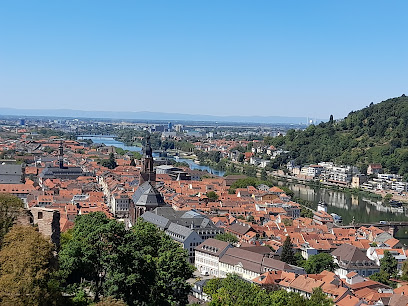
Old Bridge Heidelberg
Explore the Old Bridge in Heidelberg, a stunning blend of history and beauty, offering breathtaking views and a glimpse into the city’s rich cultural heritage.
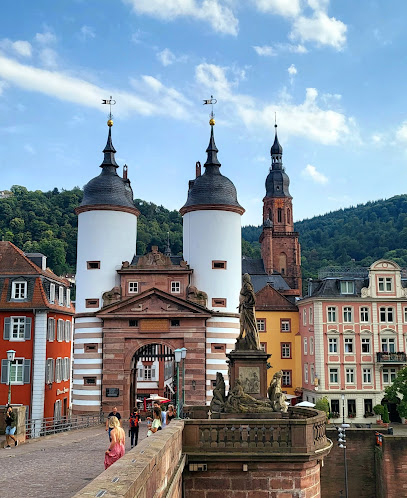
Heidelberger Marktplatz
Discover the enchanting Heidelberger Marktplatz, a historical market square filled with charm, culture, and culinary delights in the heart of Heidelberg.

Karlsplatz
Explore the captivating charm of Karlsplatz in Heidelberg, a vibrant square brimming with history, culture, and delightful local experiences.

Karlstor
Discover the grandeur of Karlstor, Heidelberg's iconic historical landmark, where rich heritage meets vibrant culture amidst stunning architecture.
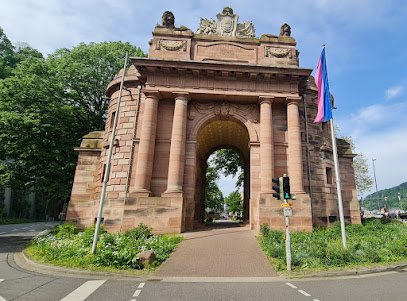
Kornmarkt
Discover the historic beauty and vibrant atmosphere of Kornmarkt, a must-see square in Heidelberg, surrounded by stunning architecture and lively cafes.
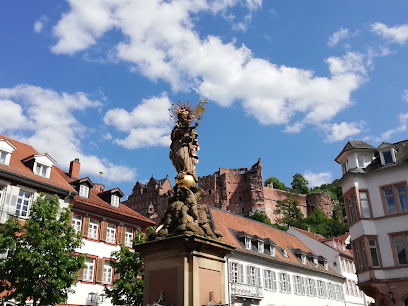
Heidelberg Altstadt
Explore the enchanting Heidelberg Altstadt, a historical marvel with stunning architecture, vibrant culture, and breathtaking views along the Neckar River.
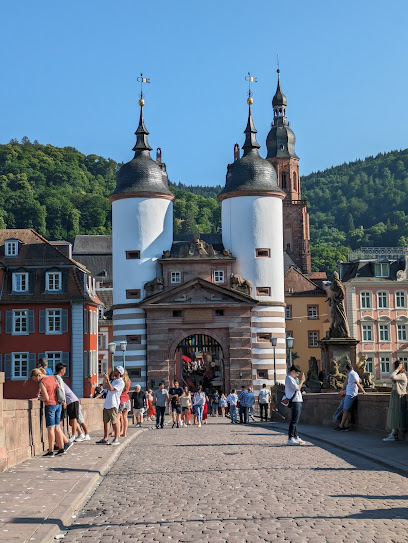
Thick Tower
Discover the historical Thick Tower in Heidelberg, where stunning architecture meets breathtaking views, perfect for history lovers and tourists alike.
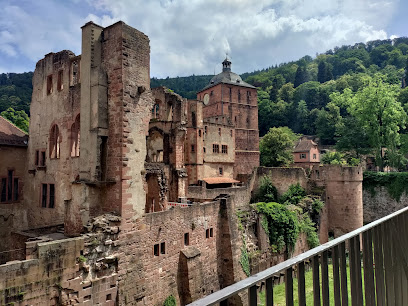
Elizabeth Gate
Discover the enchanting Elizabeth Gate, a historical landmark in Heidelberg that connects you to the rich heritage and stunning views of this picturesque city.
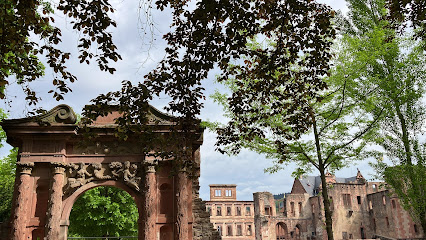
Stadttor Heidelberg
Experience the charm of Stadttor Heidelberg, an iconic gateway that blends history with stunning views, perfect for tourists seeking a glimpse into the past.
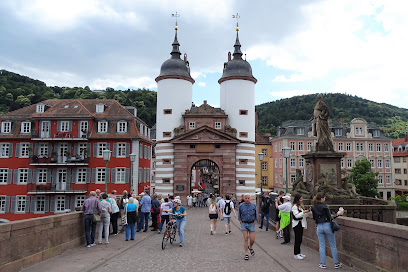
Unmissable attractions to see
Heidelberger Marktplatz
Discover the charm of Heidelberger Marktplatz, a historical market square filled with stunning architecture, vibrant local culture, and delightful cuisine.
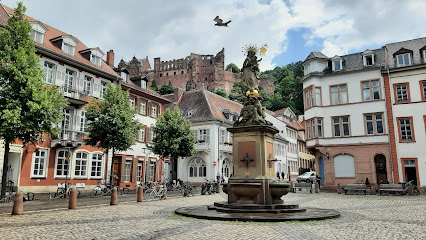
Märchenparadies Heidelberg GmbH & Co. KG
Discover the magic of Märchenparadies Heidelberg, where fairy tales come to life in a charming amusement park perfect for families and children.
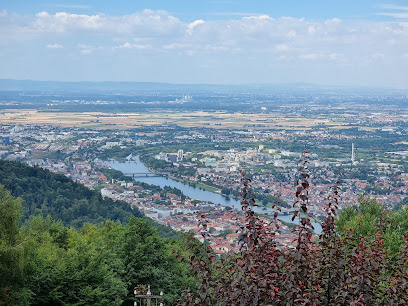
Scheffelterrasse
Experience breathtaking views of Heidelberg from Scheffelterrasse, a serene observation deck perfect for sunset photography and relaxation.

Karlsplatz
Karlsplatz - The vibrant heart of Heidelberg, where history meets modern charm in a picturesque setting filled with culture, cafes, and captivating sights.
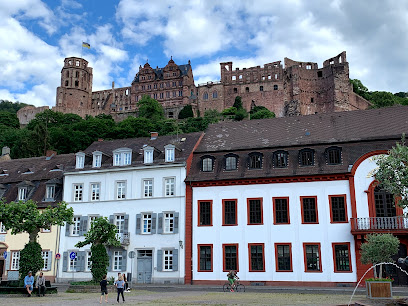
Kornmarkt
Experience the heart of Heidelberg at Kornmarkt, where stunning views, historic charm, and vibrant culture combine in one beautiful square.

Stadttor Heidelberg
Discover the historic charm and stunning views of Stadttor Heidelberg, your gateway to exploring the enchanting city of Heidelberg.
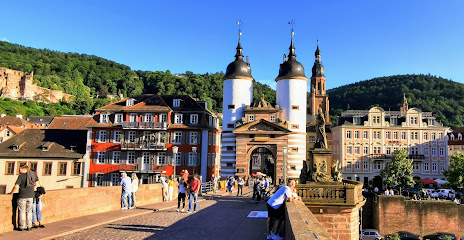
Brunnen, Heidelberg - Kurpfälzisches Museum
Uncover the cultural treasures of Heidelberg at the Kurpfälzisches Museum, a hub of history and art in the heart of the city.
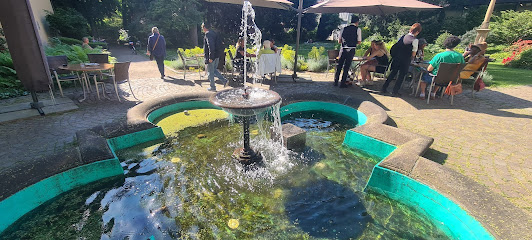
Essential places to dine
Vetter's Alt Heidelberger Brauhaus
Discover authentic German flavors at Vetter's Alt Heidelberger Brauhaus, where tradition meets taste in Heidelberg's charming Old Town.
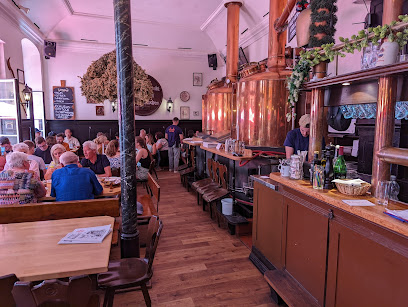
Palmbräu Gasse
Experience authentic German cuisine in Heidelberg's historic Altstadt at Palmbräu Gasse - where tradition meets flavor.

Zum Güldenen Schaf
Experience authentic German cuisine at Zum Güldenen Schaf in Heidelberg – where tradition meets taste in every dish.
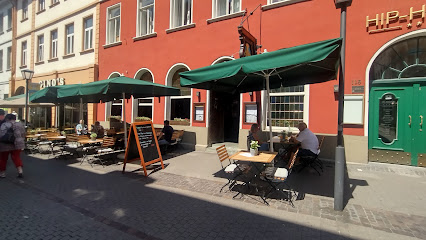
Trattoria Toscana
Experience authentic Italian dining at Trattoria Toscana in Heidelberg's historic Altstadt, where delicious cuisine meets warm hospitality.
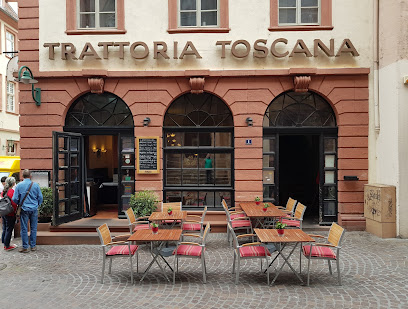
Essighaus
Discover authentic German flavors at Essighaus in Heidelberg’s picturesque Altstadt – where tradition meets taste.
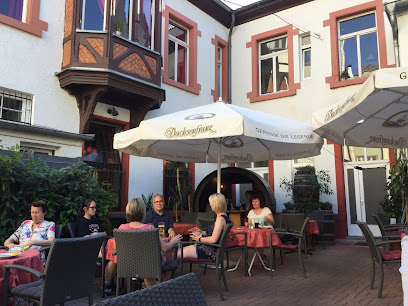
Hotel-Restaurant Hackteufel Heidelberg
Experience authentic German cuisine and warm hospitality at Hotel-Restaurant Hackteufel in historic Heidelberg.
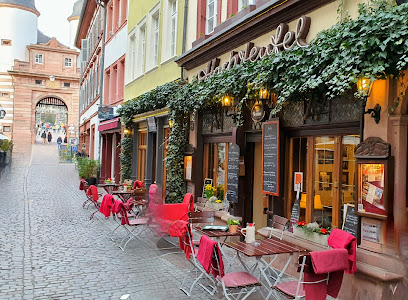
Restaurant Kilimanjaro
Savor authentic Eritrean flavors in Heidelberg at Restaurant Kilimanjaro – where every dish tells a story.
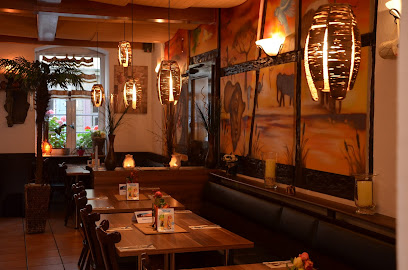
Restaurant zur Herrenmühle
Experience exquisite French cuisine at Restaurant zur Herrenmühle in Heidelberg—where culinary artistry meets a charming atmosphere.
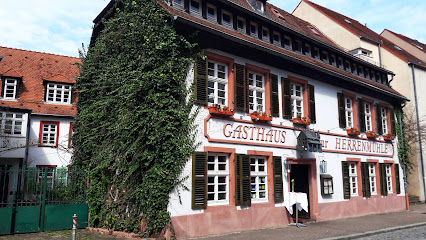
Wirtshaus zum Nepomuk
Experience authentic German cuisine at Wirtshaus zum Nepomuk in Heidelberg - where tradition meets flavor in every dish.

Die Kurfürstenstube
Discover fine French dining at Die Kurfürstenstube in Heidelberg—where exquisite cuisine meets elegance and unforgettable flavors.
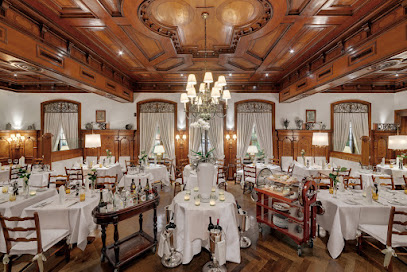
Markets, malls and hidden boutiques
Galeria Kaufhof Heidelberg Hauptstraße
Explore Galeria Kaufhof Heidelberg for a unique shopping experience with a variety of products and a delightful café in the heart of the city.
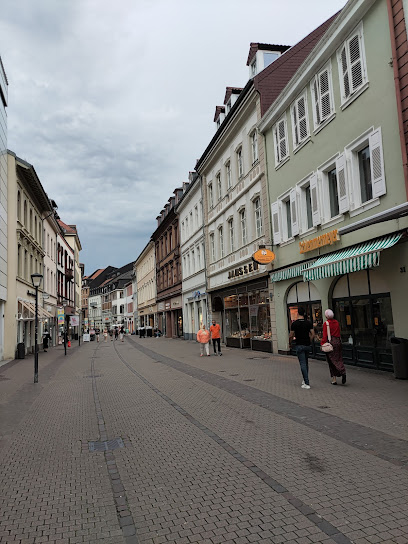
GOODsHOUSE Heidelberg
Experience the unique charm of GOODsHOUSE Heidelberg, your go-to destination for sustainable fashion, accessories, and home goods in the heart of the city.
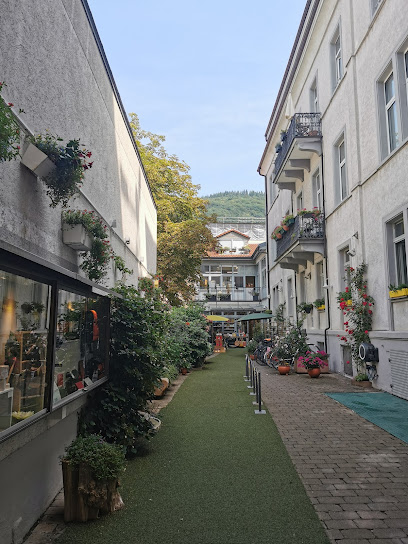
Unishop der Universität Heidelberg
Explore the Unishop der Universität Heidelberg for unique gifts and stylish clothing that capture the spirit of this historic city.
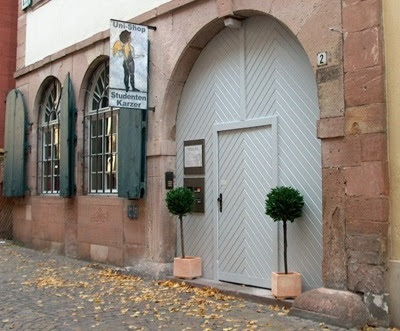
Freudenhaus Heidelberg
Discover the latest trends and unique fashion pieces at Freudenhaus Heidelberg, the premier clothing store in the heart of Heidelberger Altstadt.
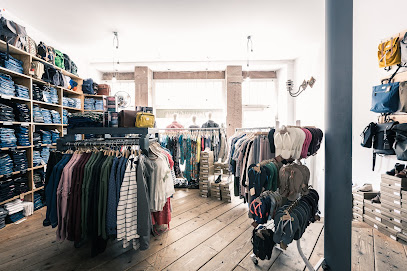
ADORABLE Collections
Discover the perfect fusion of fashion and vegetarian delights at ADORABLE Collections in Heidelberg's enchanting Old Town.
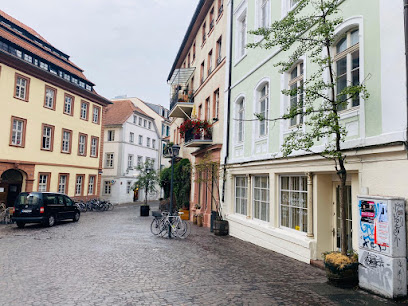
FriDa Heidelberg
Discover unique gifts and local art at FriDa Heidelberg, where every item tells a story and captures the essence of this historic city.
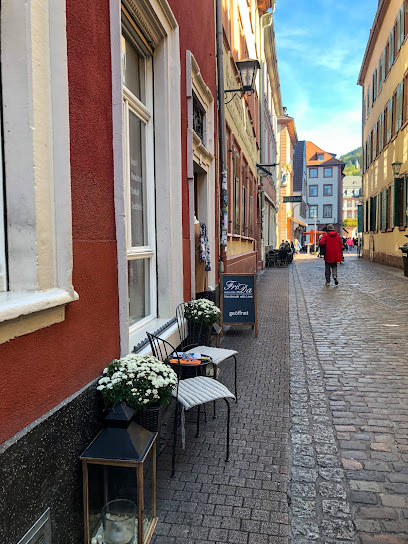
UNICORN Heidelberg
Discover unique souvenirs, fashion accessories, and exquisite local wines at UNICORN Heidelberg, a treasure trove in the heart of the city.
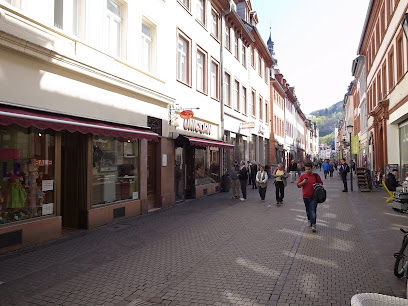
Glück
Explore Glück in Heidelberg for unique fashion finds and a touch of local style in a charming boutique atmosphere.
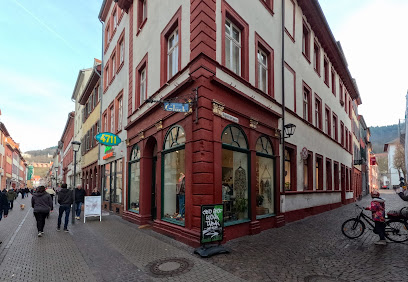
American Vintage
Explore the unique fashion offerings of American Vintage, Heidelberg’s premier clothing store, blending contemporary style with vintage charm.
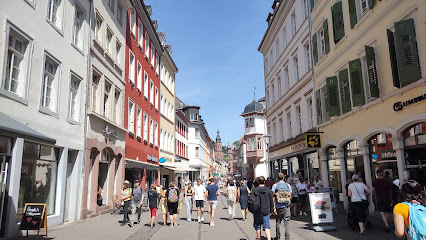
eiei 4 Socks, Geschenke & Bekleidung | Heidelberg
Explore eiei 4 Socks in Heidelberg for unique gifts and stylish clothing, capturing the essence of your visit.
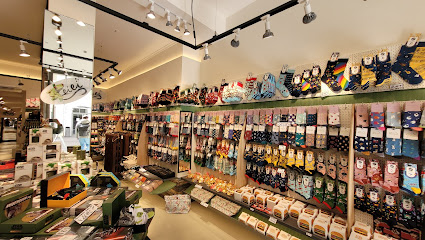
Essential bars & hidden hideouts
Vetter's Alt Heidelberger Brauhaus
Discover the essence of Heidelberg's brewing culture at Vetter's Alt Heidelberger Brauhaus, where tradition meets flavor in a vibrant atmosphere.
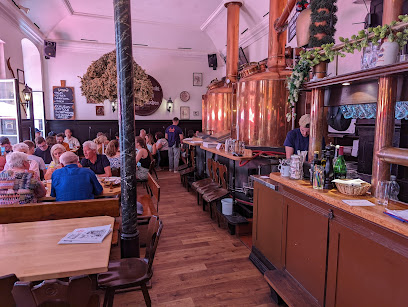
Cocktail-Café Regie
Discover Cocktail-Café Regie in Heidelberg: a delightful bar and café offering a wide range of cocktails in a cozy atmosphere in the heart of the old town.
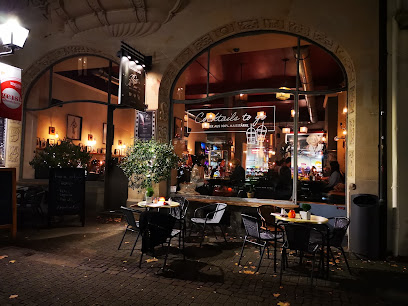
Musikkneipe Eckstein - Heidelberg
Musikkneipe Eckstein in Heidelberg offers a lively atmosphere with rock music, sports, and a diverse drink selection, perfect for unwinding after a day of exploration.
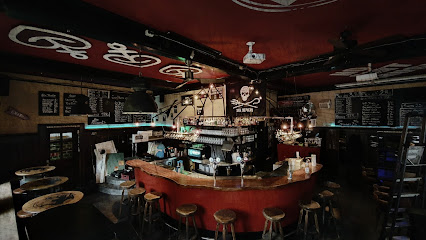
Gaststätte Zum Mohren - Heidelberg
Discover the vibrant flavors of Heidelberg at Gaststätte Zum Mohren, a traditional pub offering authentic German cuisine and a welcoming atmosphere.
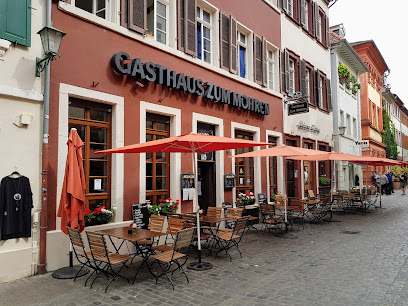
Sonder Bar (Pinte) - Heidelberg
Discover the charm of Sonder Bar in Heidelberg, a lively pub offering local beers and cocktails in a cozy and inviting atmosphere.
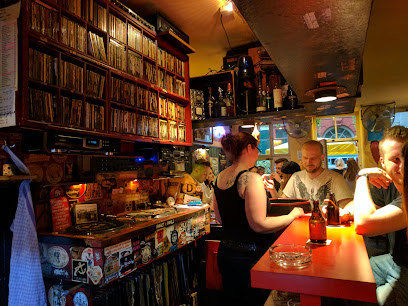
Bent Bar - Heidelberg
Discover the vibrant nightlife at Bent Bar in Heidelberg, where friendly service meets a diverse drink menu in a cozy atmosphere.
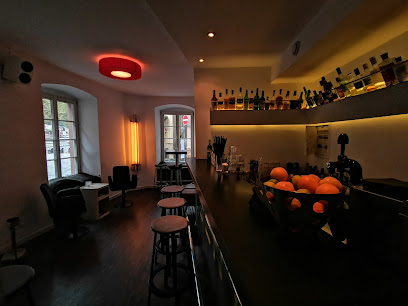
Max Bar
Experience Heidelberg's vibrant nightlife at Max Bar, where excellent drinks and a lively atmosphere await you in the heart of the city.
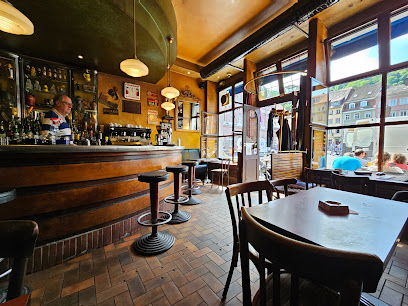
Mel's Bar - Heidelberg
Discover the lively charm of Mel's Bar in Heidelberg, where locals and tourists gather for drinks and unforgettable nightlife experiences.
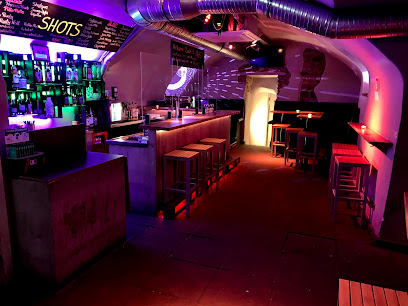
Lenox Bar
Experience the heart of Heidelberg nightlife at Lenox Bar, where unique cocktails and a vibrant atmosphere await every visitor.
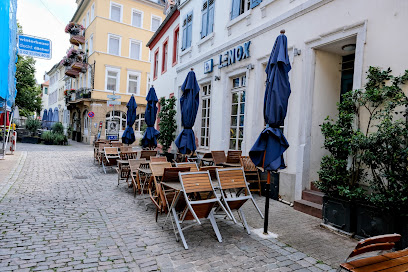
WINE`s Bar, Bistro & more
Experience the vibrant nightlife and exquisite wines at WINE's Bar, Bistro & More in the heart of Heidelberg's historic district.
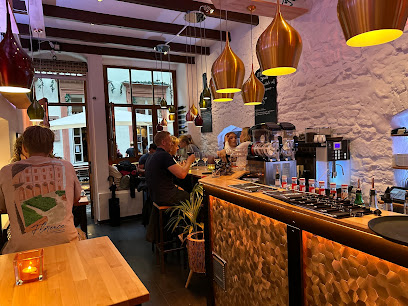
Local Phrases
-
- HelloHallo
[ha-lo] - GoodbyeAuf Wiedersehen
[owf vee-der-zay-en] - YesJa
[ya] - NoNein
[nine] - Please/You're welcomeBitte
[bi-te] - Thank youDanke
[dahn-keh] - Excuse me/SorryEntschuldigung
[ent-shool-di-gung] - How are you?Wie geht es Ihnen?
[vee gayt es een-en] - Fine. And you?Gut. Und dir?
[goot oont deer] - Do you speak English?Sprechen Sie Englisch?
[shpre-khen zee eng-lisch] - I don't understandIch verstehe nicht
[ikh fer-shtay-eh nikht]
- HelloHallo
-
- I'd like to see the menu, pleaseIch hätte gerne die Speisekarte, bitte
[ikh het-eh gehr-neh dee shpahy-zuh-kahr-teh, bi-teh] - I don't eat meatIch esse kein Fleisch
[ikh eh-suh kine fly-sh] - Cheers!Prost!
[prohst] - I would like to pay, pleaseIch möchte bitte zahlen
[ikh mehrk-teh bi-teh tsah-len]
- I'd like to see the menu, pleaseIch hätte gerne die Speisekarte, bitte
-
- Help!Hilfe!
[hil-feh] - Go away!Gehen Sie weg!
[ge-hen zee vehg] - Call the Police!Rufen Sie die Polizei!
[roo-fen zee dee poh-lee-tsay] - Call a doctor!Rufen Sie einen Arzt!
[roo-fen zee ayn-en ahrts] - I'm lostIch habe mich verirrt
[ikh hah-beh meekh feh-reert] - I'm illIch bin krank
[ikh been krank]
- Help!Hilfe!
-
- I'd like to buy...Ich möchte ... kaufen
[ikh mehrk-teh ... kow-fen] - I'm just lookingIch schaue nur
[ikh show-eh noor] - How much is it?Wie viel kostet es?
[vee feel koss-tet es] - That's too expensiveDas ist zu teuer
[dahs ist tsoo too-er] - Can you lower the price?Können Sie den Preis senken?
[kew-nen zee den prees zeng-ken]
- I'd like to buy...Ich möchte ... kaufen
-
- What time is it?Wie spät ist es?
[vee shpeht ist es] - It's one o'clockEs ist ein Uhr
[es ist ine oor] - Half past (10)Halb elf
[halb elf] - MorningMorgen
[mohr-gen] - AfternoonNachmittag
[nahk-mit-tahk] - EveningAbend
[ah-bent] - YesterdayGestern
[gehs-tern] - TodayHeute
[hoy-teh] - TomorrowMorgen
[mohr-gen] - 1Eins
[ines] - 2Zwei
[tsvai] - 3Drei
[dry] - 4Vier
[feer] - 5Fünf
[foonf] - 6Sechs
[zeks] - 7Sieben
[zee-ben] - 8Acht
[ahkt] - 9Neun
[noyn] - 10Zehn
[tsen]
- What time is it?Wie spät ist es?
-
- Where's a/the...?Wo ist ein/der...?
[vo ist ine/dehr] - What's the address?Was ist die Adresse?
[vas ist dee ah-dreh-seh] - Can you show me (on the map)?Können Sie mir das zeigen (auf der Karte)?
[kew-nen zee meer dahs tsee-gen (ouf dehr kahr-teh)] - When's the next (bus)?Wann fährt der nächste (Bus)?
[vahn fairt dehr nekhs-teh (boos)] - A ticket (to ....)Eine Fahrkarte (nach ....)
[ineh fair-kahr-teh (nahkh ....)]
- Where's a/the...?Wo ist ein/der...?
History of Altstadt
-
Heidelberg's Altstadt (Old Town) traces its origins back to the 13th century when it was established as a settlement around the Heidelberg Castle. The area quickly developed as a center for commerce and culture, benefiting from its strategic location along the Neckar River. The first documented mention of Heidelberg dates back to 1196, indicating its importance in the region even then.
-
During the late Middle Ages, Altstadt became the political and cultural heart of the Electoral Palatinate. The Electors of the Palatinate transformed the area into a prominent center of the Renaissance, commissioning grand buildings and institutions. The creation of the University of Heidelberg in 1386 solidified the town's reputation as a hub of learning and attracted scholars from across Europe.
-
The Thirty Years' War (1618-1648) had a devastating impact on Heidelberg and Altstadt. The city was occupied multiple times, leading to significant destruction. After the war, rebuilding efforts began, but the scars of conflict lingered. The war's end marked a turning point for Heidelberg, which was later recognized for its resilience and cultural revival.
-
The 18th century brought about a cultural renaissance in Altstadt, with the establishment of salons and the flourishing of the arts. Notable figures, including philosophers and poets, gathered in the city. The architecture of the time reflected Baroque influences, evident in the construction of the Karl Theodor Bridge and the expansion of the University, which became a beacon of Enlightenment thought.
-
Though Heidelberg suffered less destruction during World War II compared to other German cities, Altstadt endured significant damage. Post-war reconstruction efforts focused on restoring the historical integrity of the neighborhood. The city became a symbol of peace and reconciliation, attracting both tourists and scholars, and it was during this time that Heidelberg's reputation as a city of culture and education was firmly established.
Altstadt Essentials
-
Altstadt (Old Town) is easily accessible from other neighbourhoods in Heidelberg. If you're coming from the main train station (Heidelberg Hauptbahnhof), take tram line 5, which will take you directly to the Old Town in about 10 minutes. Alternatively, you can walk from the station, which takes around 25 minutes and offers scenic views along the way. If you are staying in nearby areas, local buses also connect to various points in the Altstadt.
-
Altstadt is compact and best explored on foot. Most attractions, such as the Heidelberg Castle and the Church of the Holy Spirit, are within walking distance. If you prefer cycling, bike rentals are available, and there are bike lanes throughout the area. Public transport options include trams and buses, which are frequent and efficient, making it easy to navigate to nearby neighbourhoods.
-
Altstadt is generally a safe area for tourists, but it's wise to exercise caution, especially at night. Avoid poorly lit streets and keep your belongings secure in crowded places. While there are no specific high-crime areas targeting tourists, petty crimes like pickpocketing can occur, particularly in busy tourist spots. Stay vigilant, especially around the Hauptstraße and Bismarckplatz.
-
In case of emergency, dial 112 for medical assistance or 110 for police. The local hospital is located at the northern end of the Altstadt, and pharmacies are scattered throughout the area. It is advisable to have travel insurance that covers emergencies. For non-urgent health issues, pharmacies can provide over-the-counter medications.
-
Fashion: Do wear comfortable shoes for walking, as the cobblestone streets can be uneven. Don’t wear overly casual attire when visiting religious sites. Religion: Do respect local customs, especially in churches. Don't take photos where prohibited. Public Transport: Do validate your ticket before boarding. Don’t eat or drink on public transport. Greetings: Do greet locals with a friendly 'Hallo' or 'Guten Tag'. Don't be overly formal unless in a business setting. Eating & Drinking: Do try local specialties like pretzels and Heidelberg wine. Don’t waste food or leave large portions uneaten, as this is considered disrespectful.
-
To experience Altstadt like a local, visit the Marktplatz in the morning for fresh produce and local delicacies. Take the time to explore the side streets, where you’ll find charming cafes and shops away from the tourist crowds. Engage with local artisans and shopkeepers, as they often have fascinating stories to share. If you have time, attend a local festival or event, as these gatherings showcase the culture and traditions of Heidelberg.
Nearby Cities to Altstadt
-
Things To Do in Frankfurt
-
Things To Do in Stuttgart
-
Things To Do in Wurzburg
-
Things To Do in Rothenburg ob der Tauber
-
Things To Do in Strasbourg
-
Things To Do in Koblenz
-
Things To Do in Grevenmacher
-
Things To Do in Freiburg
-
Things To Do in Remich
-
Things To Do in Echternach
-
Things To Do in Nuremberg
-
Things To Do in Colmar
-
Things To Do in Bonn
-
Things To Do in Luxembourg City
-
Things To Do in Vianden











